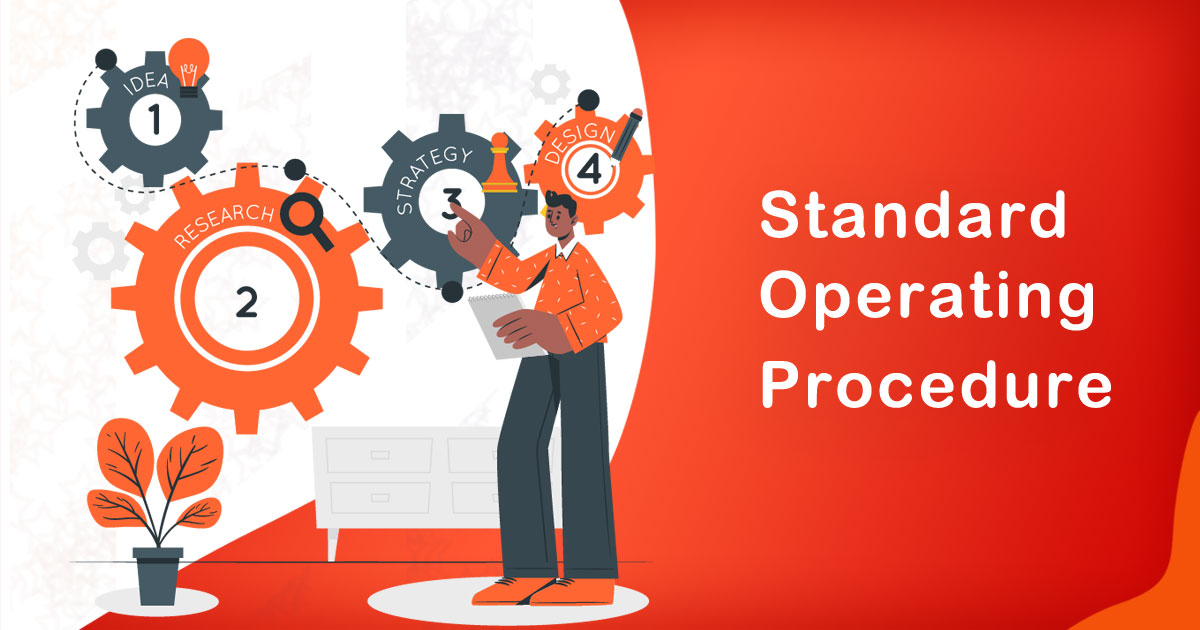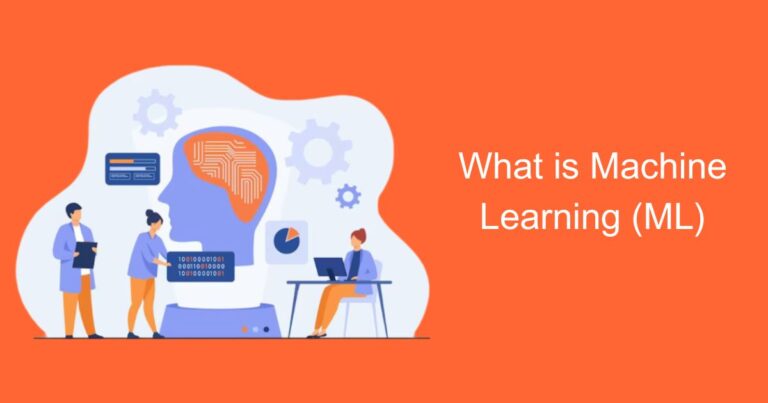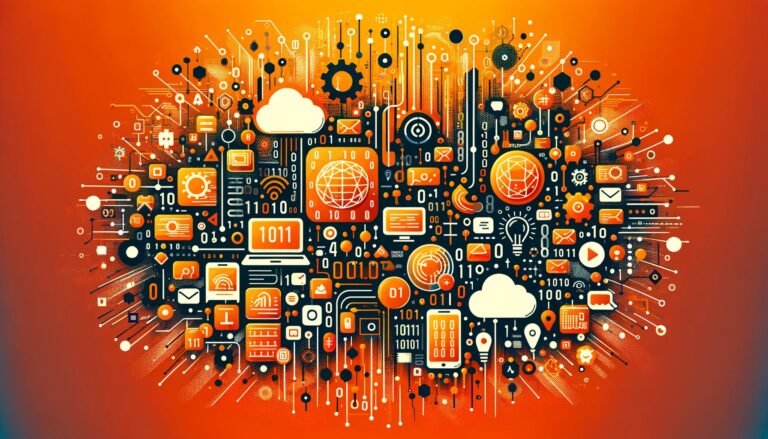Introduction
In today’s digitally-driven world, data analytics has emerged as a cornerstone of decision-making across industries, revolutionizing how businesses operate and deliver value. From retail to healthcare, finance to agriculture, the ability to harness and interpret data is reshaping organizational strategies and outcomes. In the Indian context, this transformation is particularly pronounced, driven by a surge in digital adoption and a burgeoning tech-savvy workforce.
Understanding Data Analytics
Data analytics refers to the process of examining large datasets to uncover patterns, correlations, trends, and insights. It involves applying statistical and computational techniques to interpret data and make informed business decisions. In essence, it empowers organizations to leverage data for strategic advantage, enhancing operational efficiency, predicting market trends, and understanding customer behavior.
The Importance of Data Analytics in India
India, with its vast population and diverse economic landscape, presents a unique canvas for data analytics. Several factors contribute to its growing significance:
Digital Transformation:
With initiatives like Digital India and widespread internet penetration, India is witnessing a digital revolution. This has led to an explosion of data from various sources, including social media, e-commerce transactions, IoT devices, and more.
Business Competitiveness:
In a competitive market environment, businesses are increasingly turning to data analytics to gain actionable insights. From optimizing supply chains to personalizing customer experiences, analytics plays a pivotal role in driving efficiency and innovation.
Government Initiatives:
The Indian government is actively promoting data-driven governance and policies. Initiatives like Aadhaar, GST, and Smart Cities are prime examples of how data analytics is shaping public service delivery and policy formulation.
Emerging Technologies:
Technologies such as artificial intelligence (AI), machine learning (ML), and big data analytics are gaining traction in India. These technologies are being integrated into various sectors, from healthcare to agriculture, to improve decision-making and operational outcomes.
Types of Data Analytics
Data analytics encompasses various types, each serving specific purposes:
Descriptive Analytics:
This involves analyzing historical data to understand past performance and trends. It answers questions like “What happened?” and forms the basis for further analysis.
Diagnostic Analytics:
Diagnostic analytics digs deeper to uncover the reasons behind past outcomes. It focuses on identifying patterns and correlations to explain why certain events occurred.
Predictive Analytics:
Predictive analytics uses statistical models and machine learning algorithms to forecast future trends and behaviors. It helps organizations anticipate outcomes and make proactive decisions.
Prescriptive Analytics:
Going beyond prediction, prescriptive analytics suggests actions to optimize outcomes. It provides recommendations based on predictive models, enabling organizations to take informed actions.
Applications of Data Analytics in India
In India, data analytics finds application across diverse sectors:
Healthcare:
Analyzing patient data for personalized medicine, predicting disease outbreaks, and optimizing healthcare delivery.
Retail:
Understanding consumer preferences, predicting demand, and optimizing inventory management.
Finance:
Fraud detection, risk management, algorithmic trading, and personalized financial services.
Agriculture:
Precision farming, weather forecasting, crop yield prediction, and supply chain optimization.
Government:
Improving public service delivery, optimizing resource allocation, and enhancing policy effectiveness.
Challenges and Opportunities
While data analytics holds immense promise, it also presents challenges:
Data Quality:
Ensuring data accuracy, completeness, and consistency remains a challenge, especially with the volume and variety of data generated.
Skills Gap:
There is a shortage of skilled data analysts and data scientists capable of interpreting complex datasets and deriving meaningful insights.
Ethical Concerns:
Issues related to data privacy, security, and ethical use of data pose significant challenges in the adoption of data analytics.
Future Outlook
Looking ahead, the future of data analytics in India appears promising. With advancements in AI, ML, and big data technologies, the scope and impact of analytics are expected to expand further. Companies investing in data-driven strategies are likely to gain a competitive edge, driving innovation and growth in the digital economy.
Conclusion
In conclusion, data analytics is not just a buzzword but a transformative force reshaping industries and economies worldwide, including in India. As businesses and governments continue to harness the power of data, the demand for skilled professionals and robust analytics infrastructure will only grow. Embracing data analytics is no longer an option but a necessity for organizations looking to thrive in the digital age. By understanding the nuances of data analytics and its applications, businesses and individuals can leverage this powerful tool to drive innovation, efficiency, and sustainable growth in India’s evolving marketplace.








